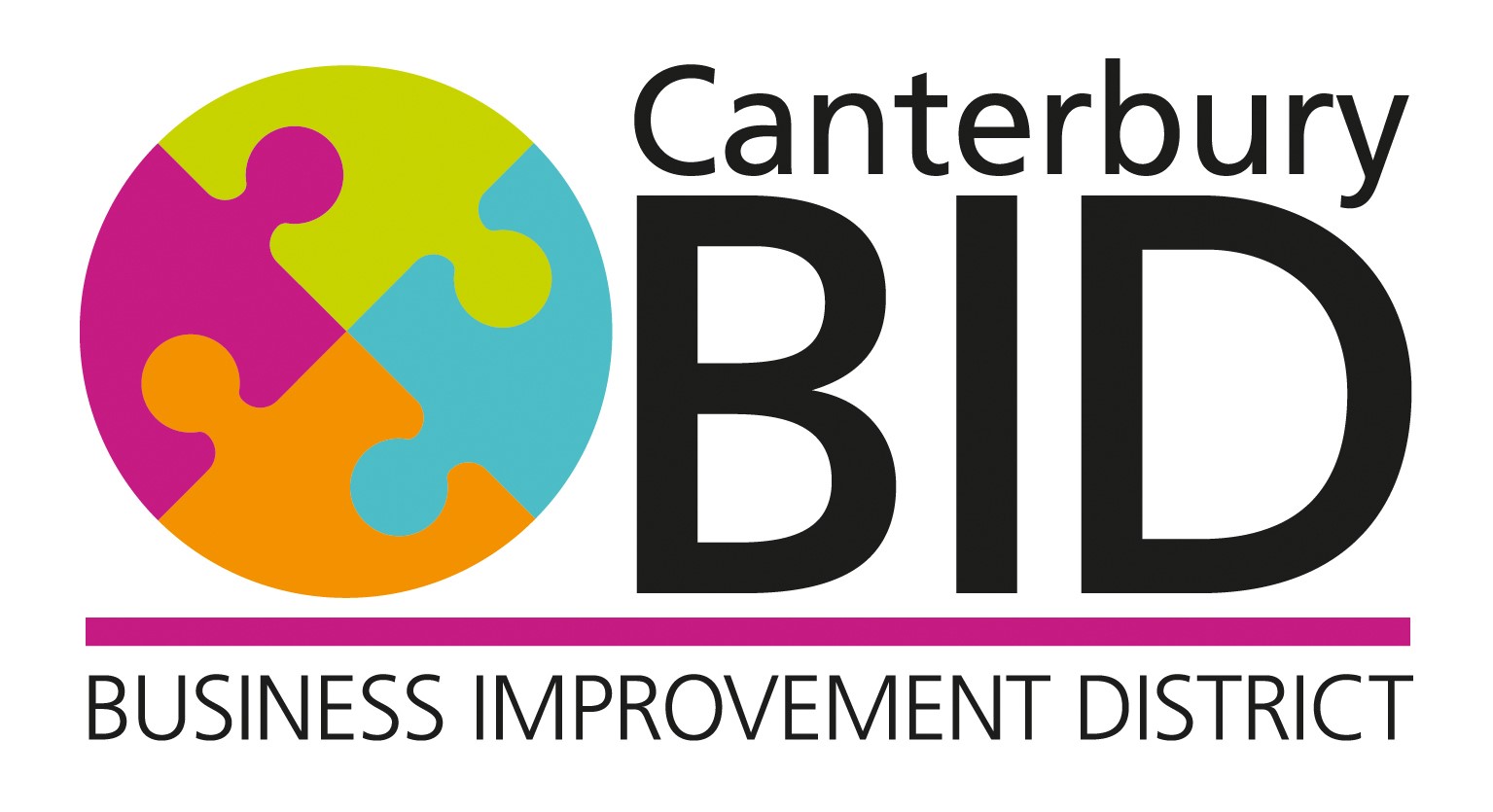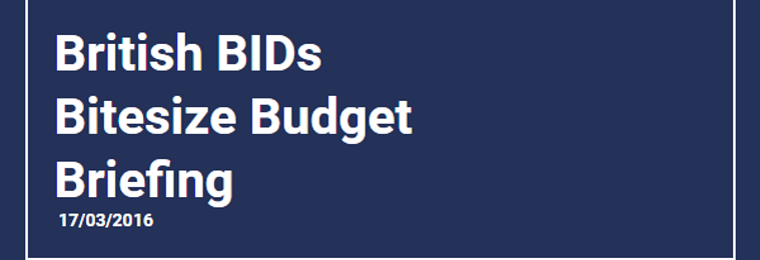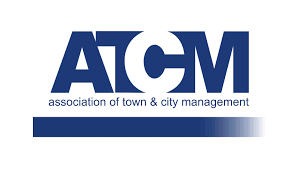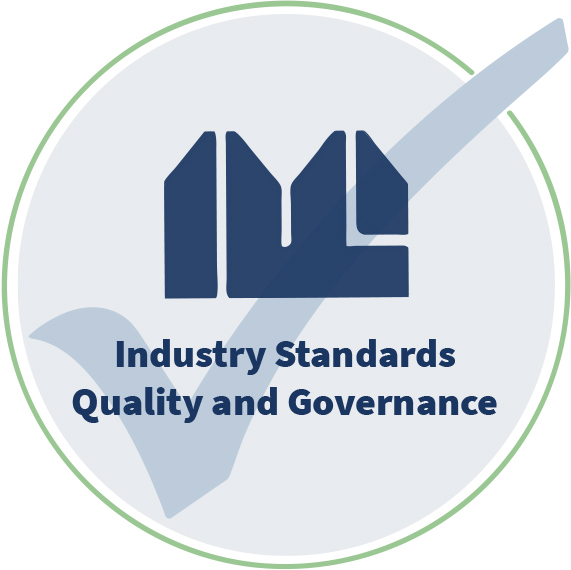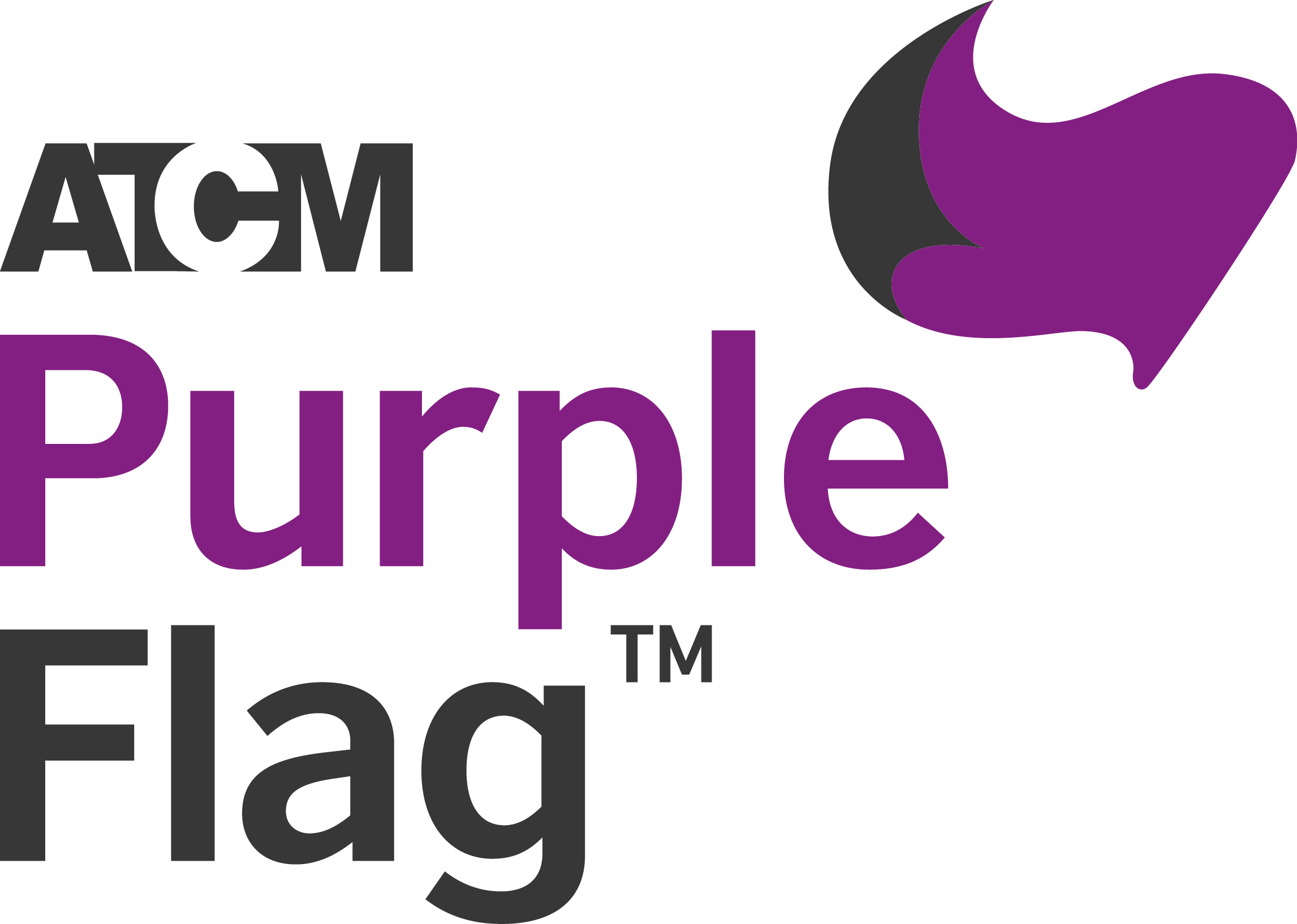For this budget and since the last report on the state of the country’s finance four months ago, two major challenges to the economy have arisen:
- Economic growth down* and lower tax receipts
- The referendum on Britain’s future in the European Union
*The forecast of UK economic growth in 2015 from The Office for Budget Responsibility (OBR) has been downgraded from 2.4% to 2.2%. The figures are also down for 2016 – from 2.4% to 2.0%.
You can read the entire budget report here but here are some points which you might find of interest. The small business tax relief and other various policies in this budget still all anchor on the rateable value system whereas there had been speculation about changing to a different system for calculating business rates.
Small Business Tax Relief
The Chancellor announced the government will:
- Permanently double Small Business Rate Relief (SBRR) from 50% to 100% and increase the thresholds to benefit a greater number of businesses. Businesses with a property with a rateable value of £12,000 and below will receive 100% relief. Businesses with a property with a rateable value between £12,000 and £15,000 will receive tapered relief.
According to his figures, this means that a total of 600,000 small businesses will pay nothing in business rates.
- Increase the threshold for the standard business rates multiplier to a rateable value of £51,000, taking 250,000 smaller properties out of the higher rate. This will reduce business rates for many small businesses – including some high street shops.
- The government will also modernise the administration of business rates to revalue properties more frequently and make it easier for businesses to pay the taxes that are due:
- The government will aim to introduce more frequent business rate revaluations (at least every 3 years) and will publish a discussion paper in March 2016 outlining options on how to achieve this to support both businesses and the stability of local authority funding.
- By 2022, local authority business rate systems will be linked to HMRC digital tax accounts so that businesses can manage their rates bills in one place alongside other taxes. As a first step, the government will work with local authorities across England to standardise business rate bills and ensure ratepayers have the option to receive and pay bills online by April 2017.
These measures build on the devolution revolution confirmed at Autumn Statement 2015, which will allow local government to keep the rates they collect from business, give councils the power to cut business rates to boost growth, and give elected city-wide mayors the power to levy a business rates premium for local infrastructure projects – with the support of local business.
Local government will be compensated for the loss of income as a result of the business rates measures above, and the impact considered as part of the government’s consultation on the implementation of 100% business rate retention in summer 2016.
Devolution
The Chancellor stated that “By the end of this Parliament, 100% of local government resources will come from local government – raised locally, spent locally, invested locally.”
The Greater London Authority is set to lead the way, taking on devolved business rates from April 2017, earlier than planned. It will be interesting to see the system to redistribute the income between the respective authorities. The Chancellor suggested there would be other significant cuts to public spending in a “further drive for efficiency and value for money”.
Other key points
- Crackdown on tax avoidance by large firms with £12bn of avoidance and evasion measures by 2020.
- Corporation tax reduced to 17% by April 2020 to support small businesses (current rate 20%).
- Increase of 0.5% in insurance premium taxes.
- All Schools on England to become Academies by 2022 and plans for 25% of secondary schools to remain open post 3.30pm.
- Sugar levy on soft drinks with money raised spent on primary school sport.
- Fuel duty frozen.
- Tax free personal allowance to rise *GDP predicted to grow 2.2% in 2017 and 2.1% in 2018. Down on forecast.
- 0.7% inflation forecast for 2016 *One million jobs forecast to be created by 2020.
